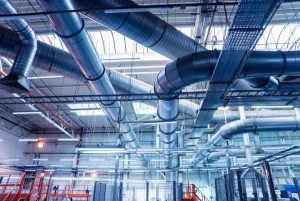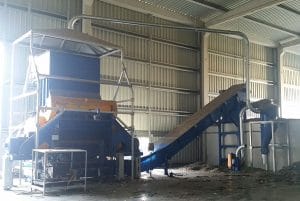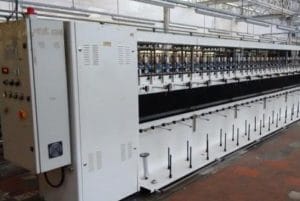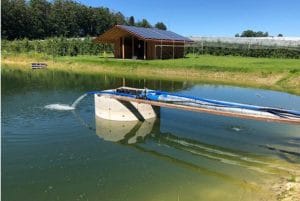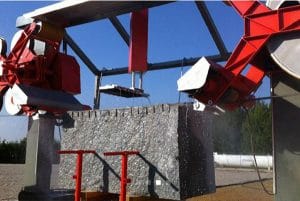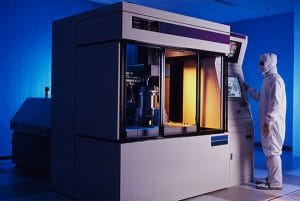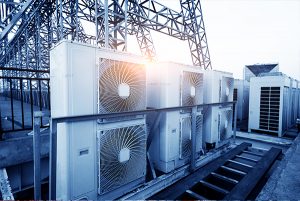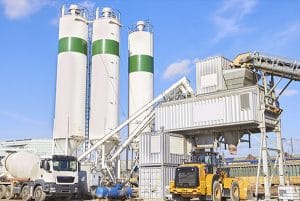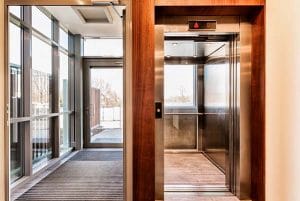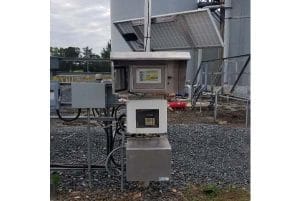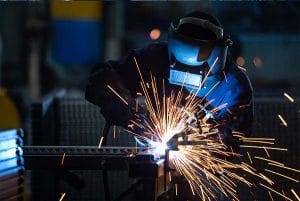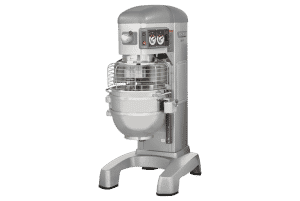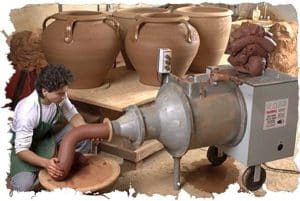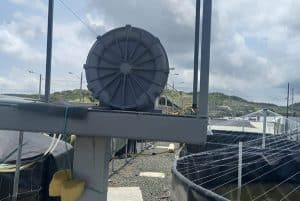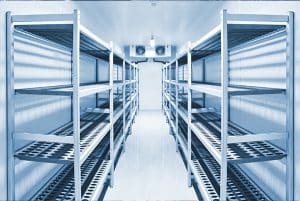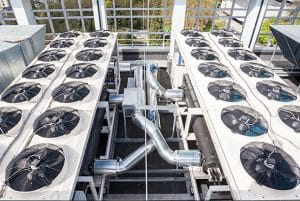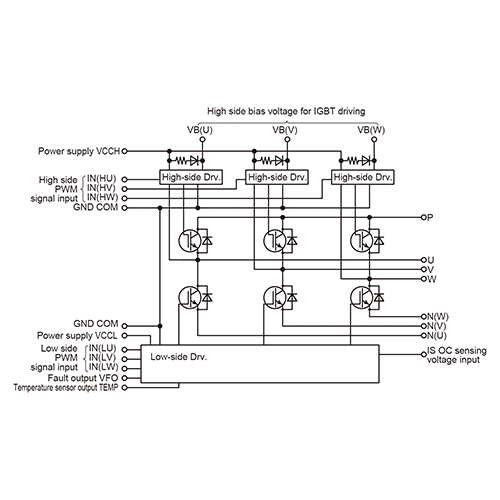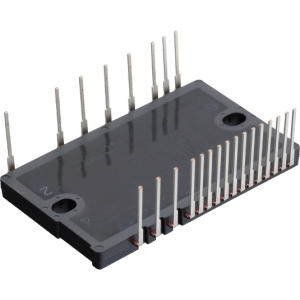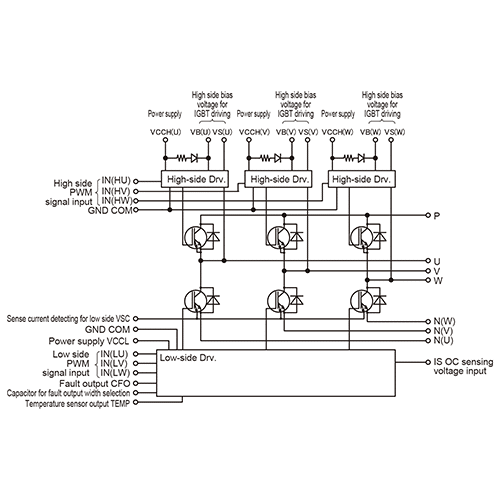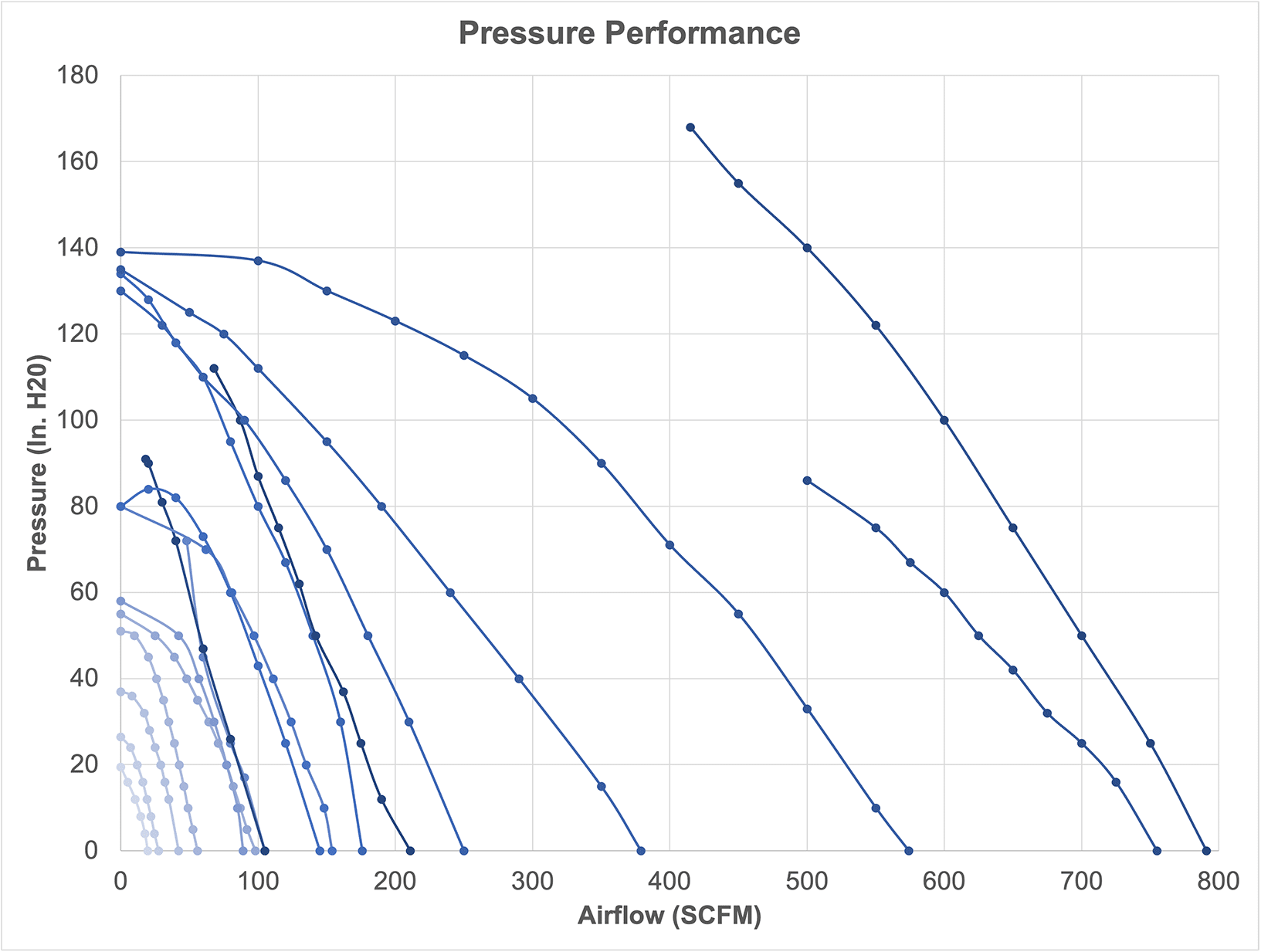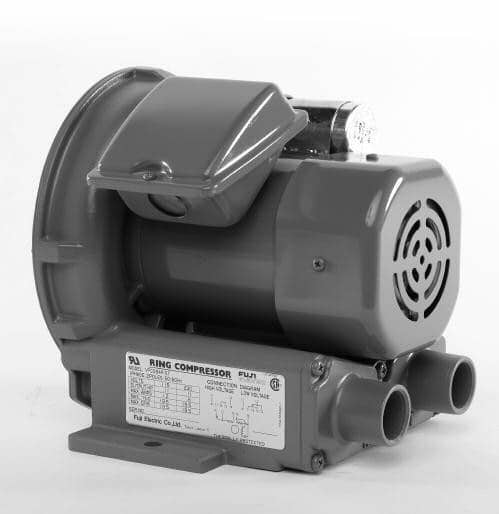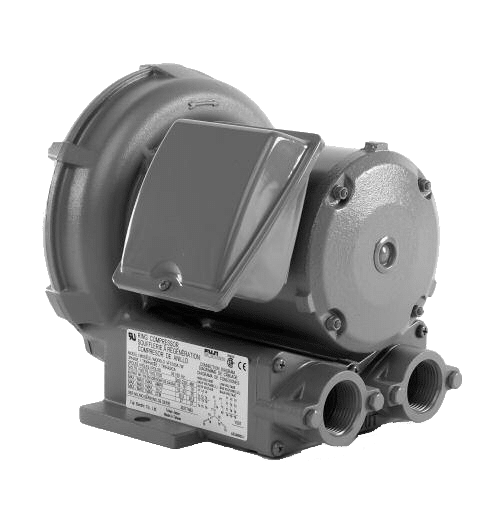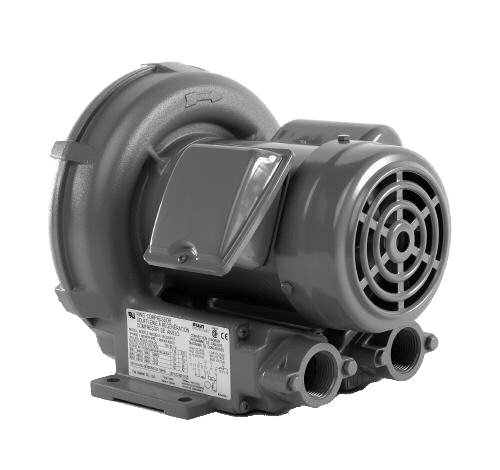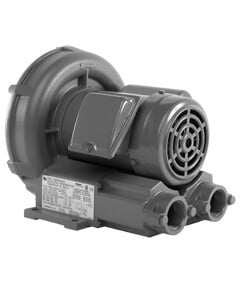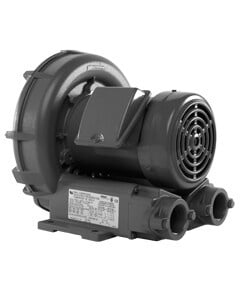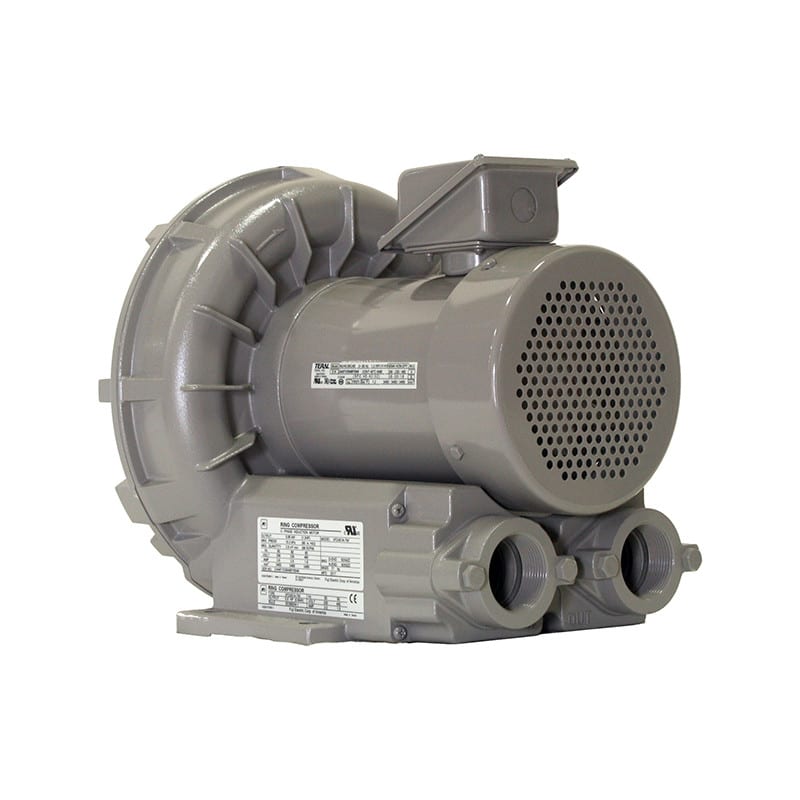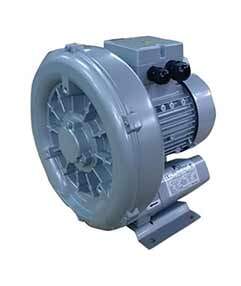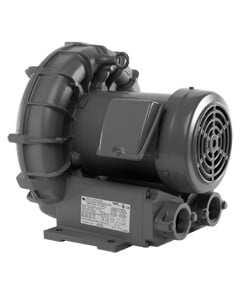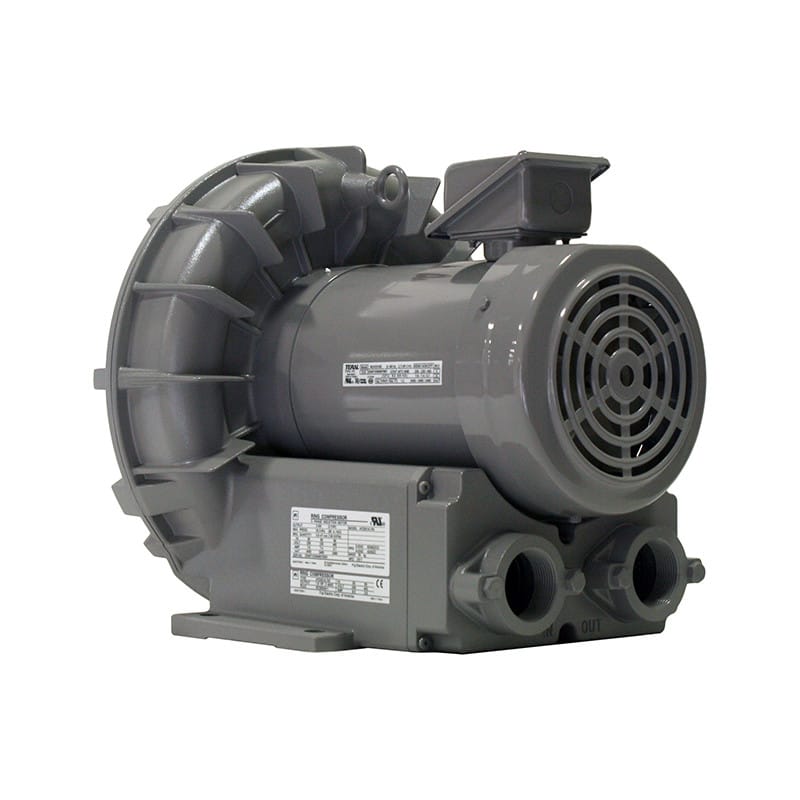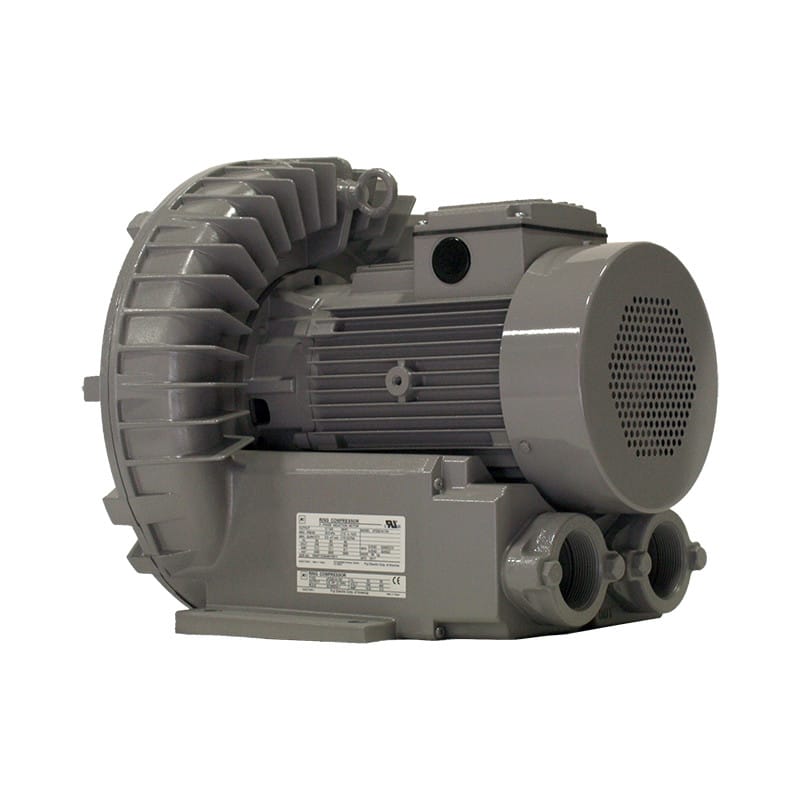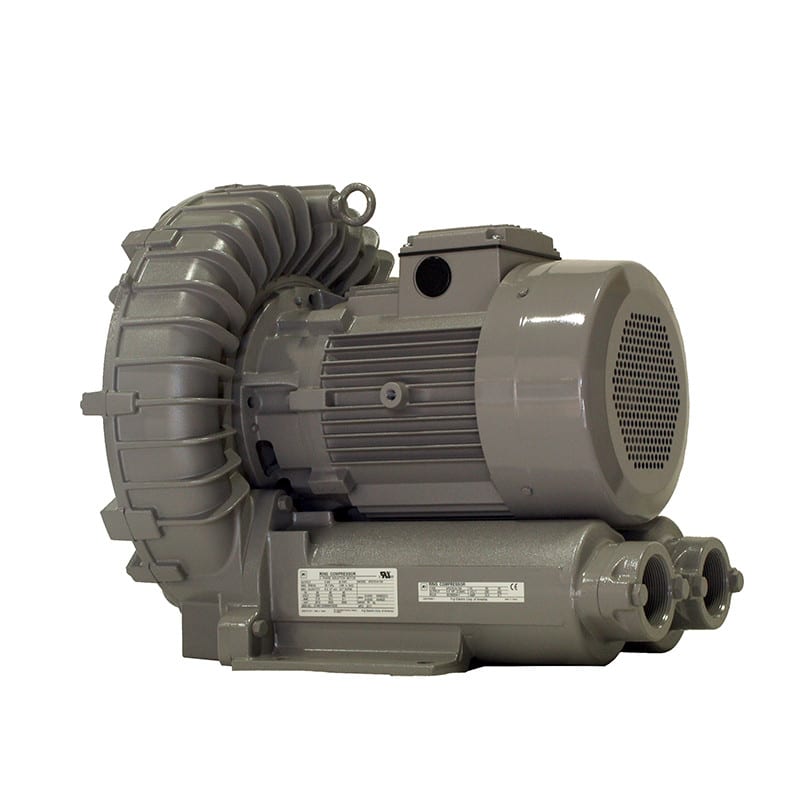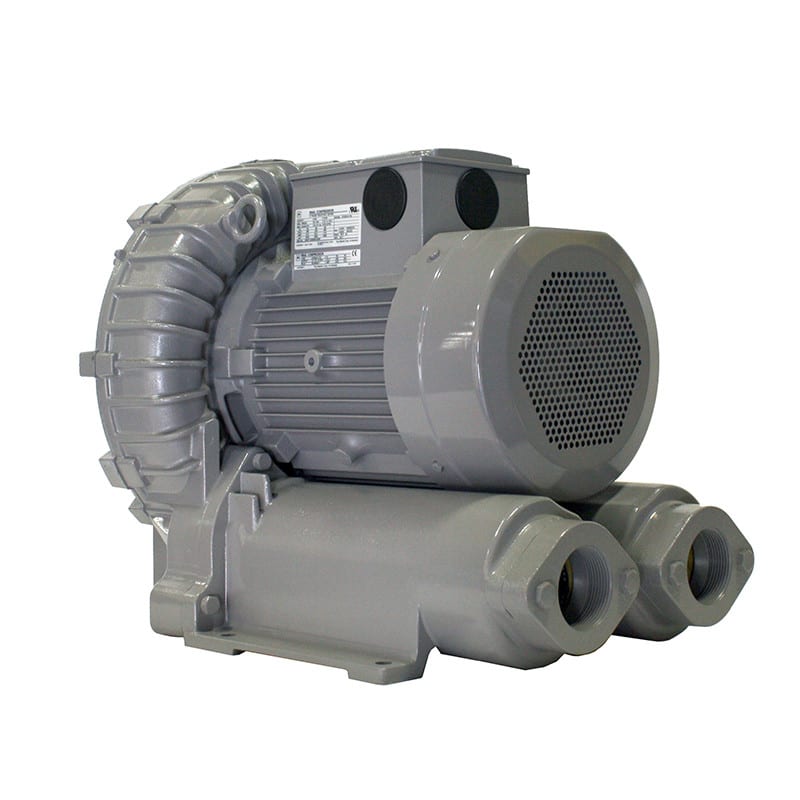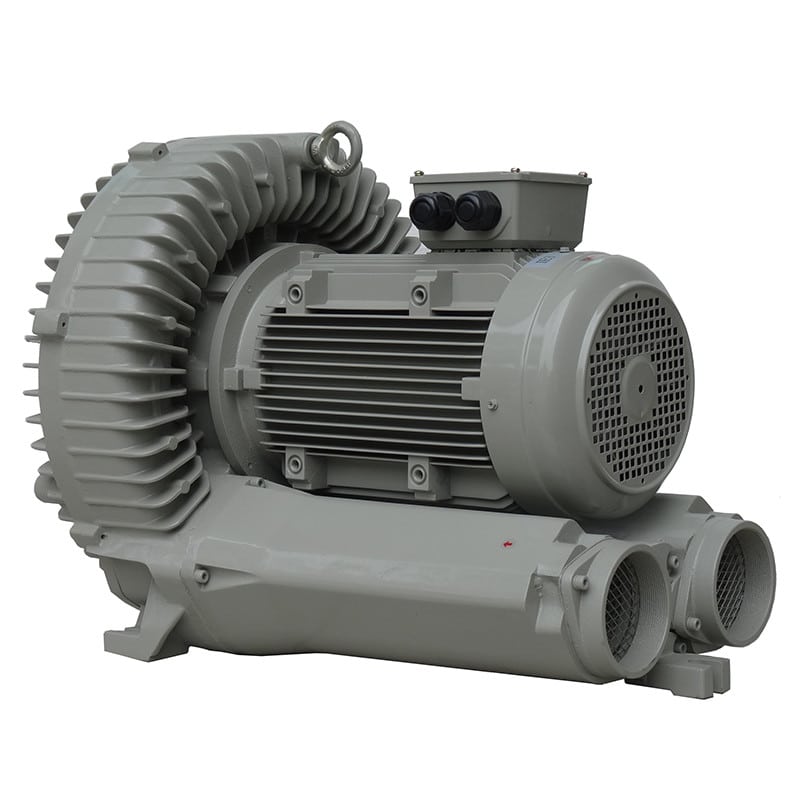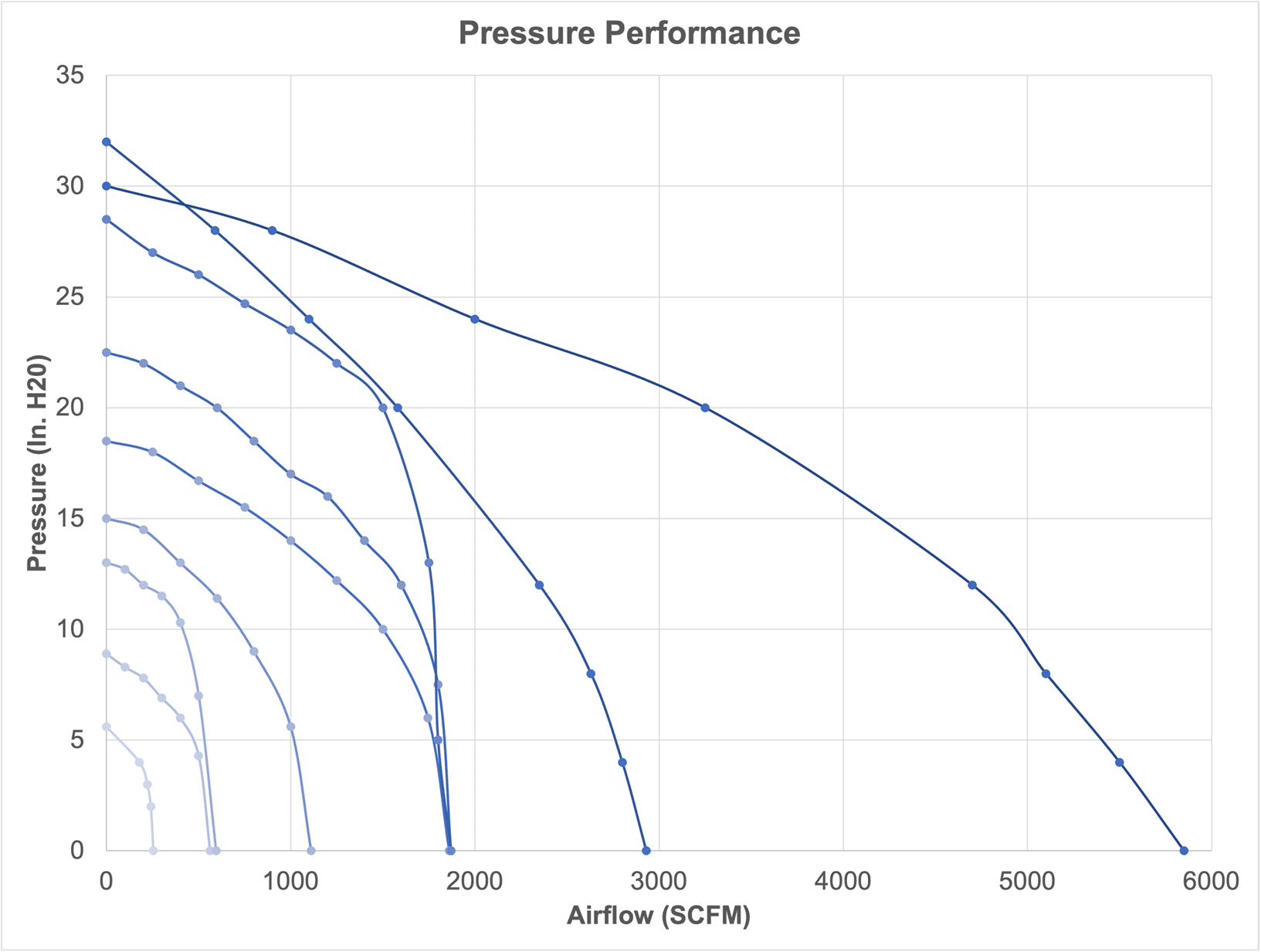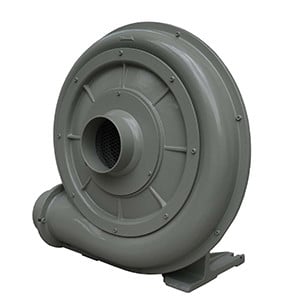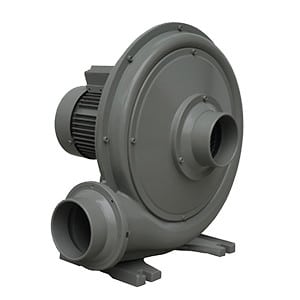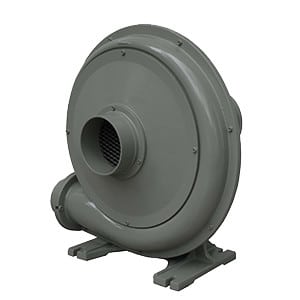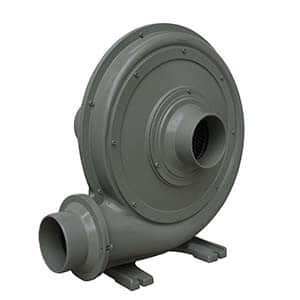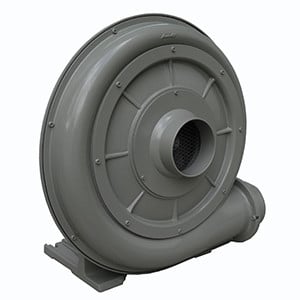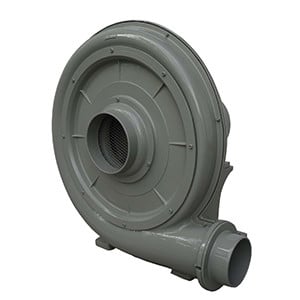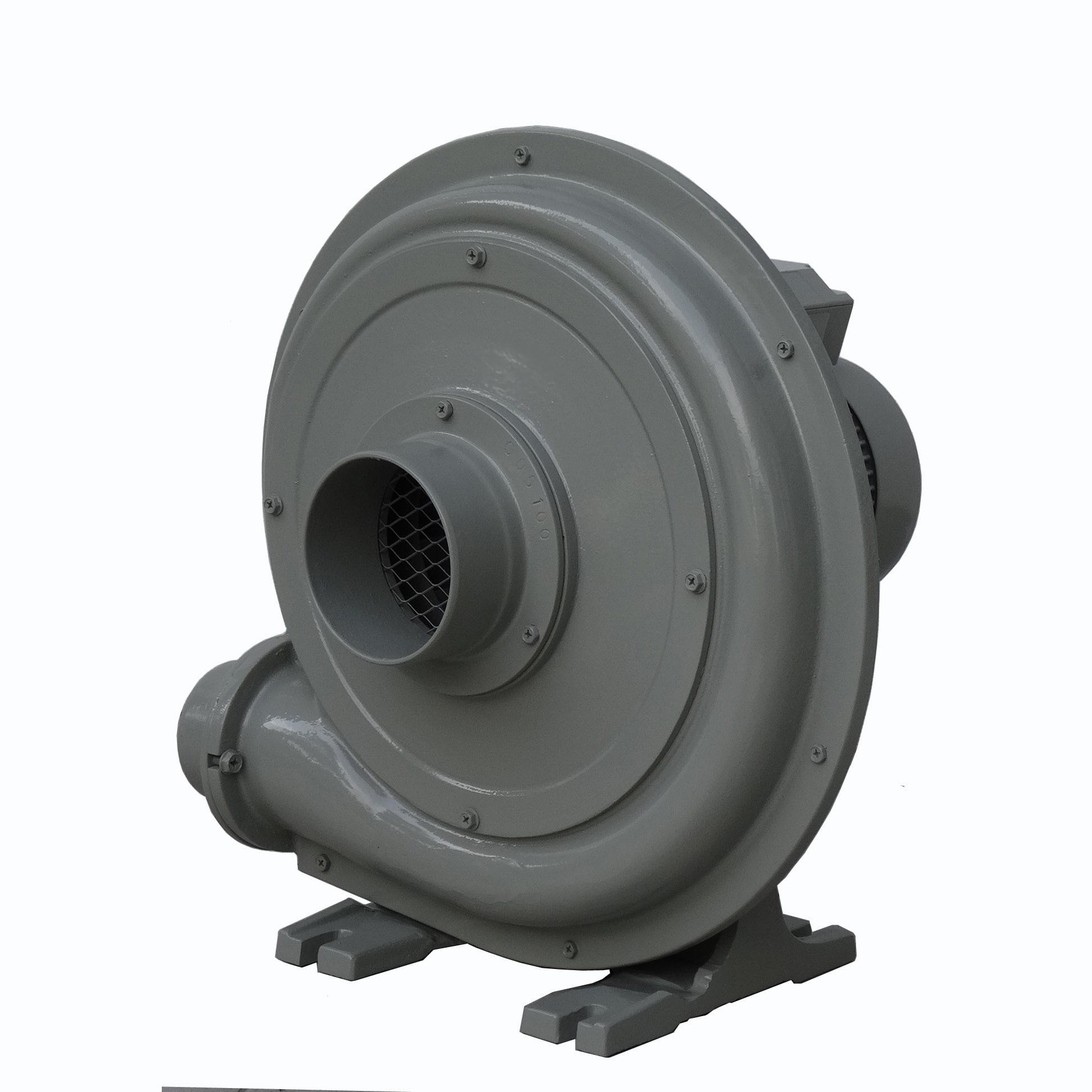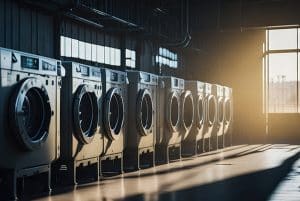The time delay in an Earth Leakage Circuit Breaker (ELCB) is the intentional or inherent delay between the detection of a leakage current and the tripping of the circuit breaker. This delay allows for differentiation between transient, harmless leakage currents (e.g., during equipment startup) and genuine fault conditions. The specific delay depends on the type and settings of the ELCB. 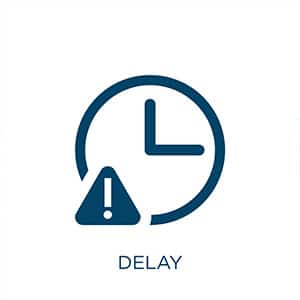
Types of ELCBs Based on Time Delay
- Instantaneous ELCB:
- Trips immediately when the leakage current exceeds the set threshold.
- Typical response time: <30 milliseconds.
- Applications: Low-voltage circuits where any delay could compromise safety.
- Time-Delayed ELCB:
- Allows for a short delay before tripping to avoid nuisance trips from transient conditions.
- Delay settings: Typically adjustable, ranging from 0 to a few seconds.
- Applications: Industrial environments or systems with multiple circuits to allow selective tripping.
Factors Affecting the Time Delay
- Threshold Settings:
- Higher leakage current thresholds may trigger faster tripping for instantaneous types.
- Purpose:
- In industrial systems with hierarchical protection, time delays allow upstream devices to remain operational while downstream devices trip first.
- Transient Handling:
- Time delays prevent unnecessary trips caused by brief, harmless leakage currents during switching, startup, or lightning surges.
Standards and Settings
- IEC 61008/61009 (RCD Standards): Specifies permissible time delay values based on application and sensitivity.
- Typical Settings for Time-Delayed ELCBs:
- Leakage Current: 30 mA, 100 mA, 300 mA, or higher.
- Time Delay: Adjustable from 0 ms to 500 ms or more, depending on the device.
Applications of Time-Delayed ELCBs
- Residential:
- Instantaneous ELCBs (e.g., 30 mA threshold) to prevent electric shock.
- Industrial:
- Time-delayed ELCBs to maintain system coordination and prevent upstream breakers from tripping unnecessarily.
- Commercial:
- Delayed ELCBs for systems with high inrush currents or sensitive electronics.
The time delay in an ELCB is a critical feature that balances safety and operational continuity. It is typically set based on the application, system design, and the need to prevent nuisance tripping while ensuring timely fault clearance. Always follow the manufacturer’s guidelines and applicable standards when configuring an ELCB’s time delay.



